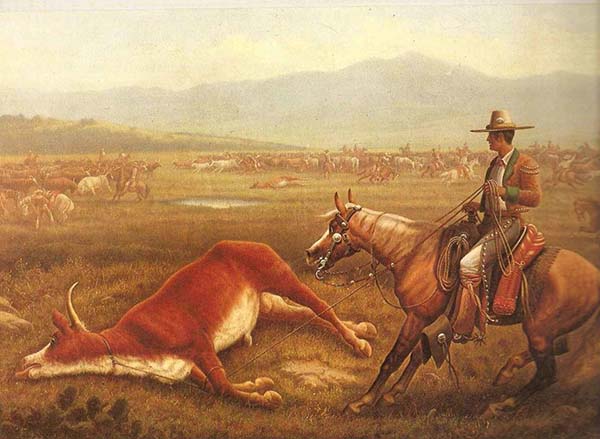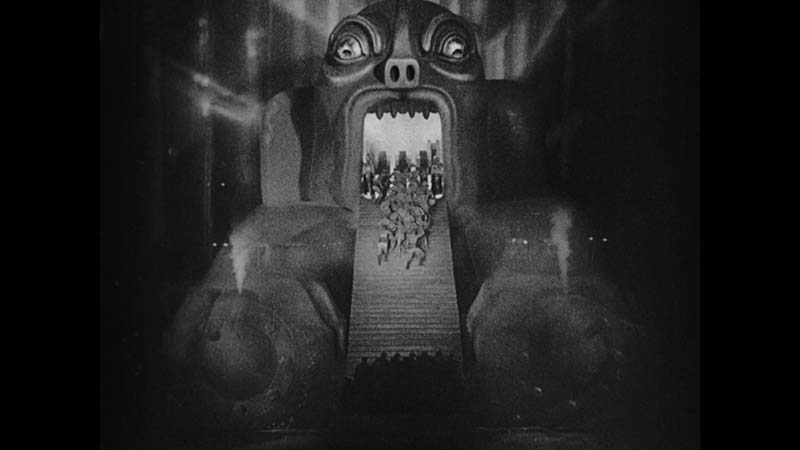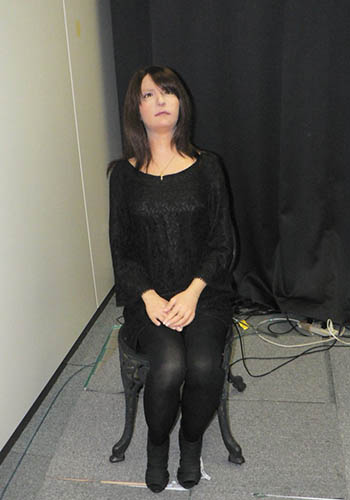#ALSIceBucketChallenge. Deflategate. Twins in Space. Animal Sex Work. The joy of working on Platypus since its inception arises from the many lively, timely, engaged posts that our team of contributing editors and authors bring to the blog each week. Sometimes funny, sometimes serious, often critical and reflective, the blog offers a look into up-and-coming research in anthropology, STS, and related fields on science, tech, computing, informatics, and more. As editor, I’ve delighted in posts that frequently turn commonsense assumptions upside down. For the past two years, I’ve summarized the major themes and highlights in a yearly review post, and have the pleasure of doing so for 2016. Two noteworthy themes threaded through many of last year’s posts: 1) reflections on technocracy, and 2) living in the anthropocene. By technocracy, I mean emerging regimes of data, algorithms, and quantitative living. Melissa Cefkin (Human-Machine Interactions and the Coming Age of Autonomy) opened (read more...)





